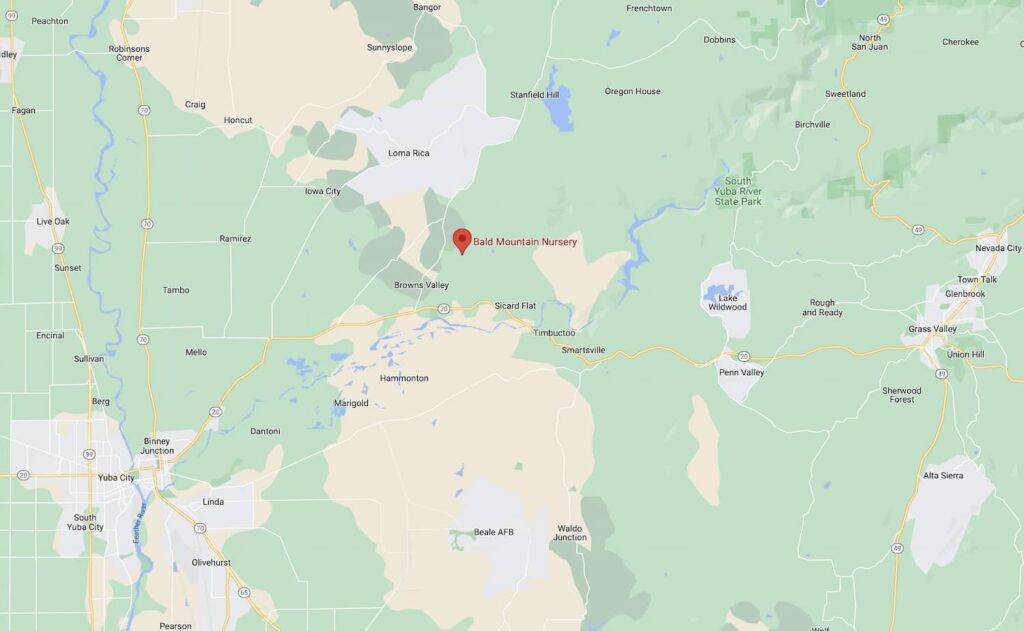GARDENING TIPS FOR NOVEMBER 2010
November is here and usually brings brisk weather with it that helps convince deciduous trees and plants that it really is time to shed their leaves.
Thanksgiving will be here before we know it , and that should be a reminder to gardeners that it is time for the first application of dormant spray to prevent leaf curl on peaches and nectarines. The two most frequently used sprays are copper spray or lime sulfur spray, and it is often recommended that they be alternated from one year to the next for the best results. They both are effective on many other fungal infections, as well, such as powdery mildew, black spot, shot hole fungus and others. Read the insert that comes with whichever you decide to use and learn what other things might be protected, such as roses.
The peach and nectarines need three dormant sprayings — late November (Thanksgiving), late December (Christmas) and mid-February (Valentine’s Day). They should have shed all leaves before spraying. While you are out to spray them, take a rake along and clean up any debris, such as leaves and old fruit that may have fallen. Spray the ground around the trees for further protection from fungi that might be splashed onto the tree by heavy rain. If you had created a basin around the trees for more thorough irrigation during the summer months, this would also be the time to break down the side of that basin so the rain water can drain away in order to prevent roots from becoming saturated for long periods and possibly causing root rot. That covers three November gardening chores all done at one time!
The days are becoming noticeably shorter and the weather is cooling, and allows much less evaporation than on the long hot days. The plants and trees are going dormant meaning they are either losing foliage, or growing much more slowly, and therefore are transpiring much less of the moisture their roots have taken in. Irrigating can be minimized, and in many cases can get along only the normal rainfall. But, don’t shut off all your irrigation systems with the first one or two rain showers. We generally need several inches of rain to adequately moisten the soil enough to stop irrigating altogether. Should there be a prolonged dry spell, plants and trees may need some spot watering, especially if they happen to be newly planted. A new planting probably won’t have a well enough developed root system to access moisture further down and may still be dependant on your hand watering when rainfall is very light.”
Bulbs can still be planted for beautiful spring color, but should be done as soon as possible. Winter vegetable gardens should already have been planted, but if it wasn’t possible to do it earlier, do it soon. Protect your plants from slugs and snails — they like the cool, damp weather. Sluggo is a good product, safe around pets, and with good lasting power. It degrades into a fertilizer.
Bare spots that might have developed in lawns can be over-seeded with annual rye which is a fast growing, cool weather grass. It will stay green into spring at which time it can be mowed and left to add nutrient to the soil. Bermuda grass lawns go dormant in the winter. Annual rye seed could be scattered over it and keep things green for you during the winter months — it is less than a dollar a pound and one pound covers 100 square feet.
We will be receiving asparagus roots, artichokes, and rhubarb in November — no exact date known yet. Boysenberries, red, yellow and black raspberries, currants, gooseberries, and strawberries, arrive about the same time. Blueberries will be coming in late December or early January with bare root fruit trees and will be sold in containers only.
Because October was quite warm, many plants are late to go dormant so there should still be good opportunities to enjoy beautiful fall color, especially if November has some early cold snaps. The Sasanqua camellias usually bloom early and have a nice long bloom period for your enjoyment.
November often starts a flurry of activity for many — shopping, decorating, baking, planning visits , etc. in preparation for the Thanksgiving and Christmas holiday season. Try to take time to appreciate the beauty of the changing seasons. It is time to turn the clocks back 1 hour on early AM, Sunday November 10.
We wish everyone a happy Thanksgiving.

